Sitges, Nestled along the picturesque Mediterranean coastline, just a stone’s throw away from cosmopolitan Barcelona, has become popular over the years. Why? On the one hand, Sitges is one of Spain’s gay destinations par excellence, hosting its very own Pride festival every year. On the other hand, the beautiful beaches, delicious seafood, and lively bars make this picturesque place great for all visitors. This blog post will explore 15 unmissable things to see and do in Sitges, Spain, to ensure an unforgettable trip.
15 Things to See and Do in Sitges, Catalonia
1. Relax on Platja de San Sebastià
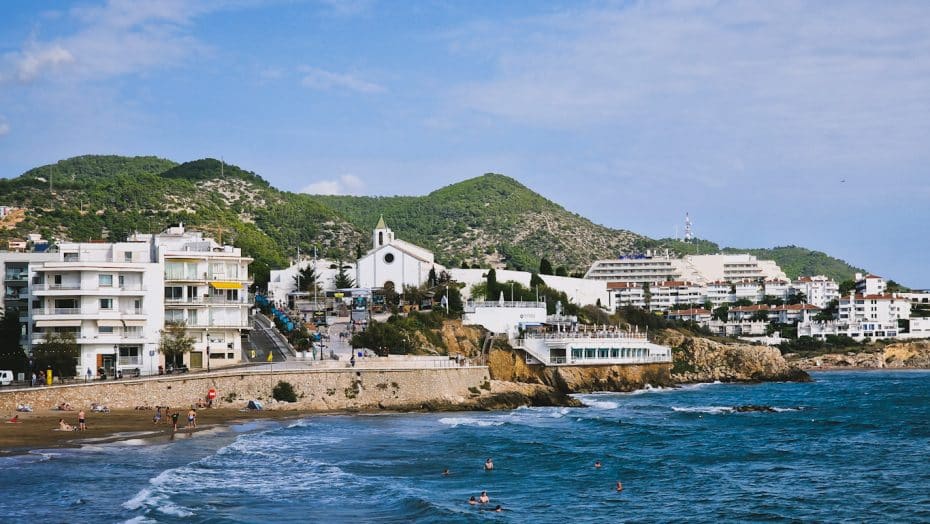
Whether it is your first time in Sitges or you are returning, the family-friendly San Sebastià beach is a must-visit spot. From Platja de San Sebastià, you can get stunning views of the Sant Bartomeu and Santa Tecla, especially at sunrise and sunset. This traditional urban beach, located in the neighborhood of the same name, is also an excellent entry point to Sitges’ Old Town.
Platja de San Sebastià is a great place to relax, swim, or sunbathe on its golden sand. There are also several restaurants, beach bars (or chiringuitos), hotels, and tourist apartments around the beach. Hence, this is one of the best areas to stay in Sitges. However, it can get crowded around Platja de San Sebastià in summer. Likewise, accommodation prices tend to go up during the summer.
San Sebastià Beach is on the southeastern side of Sitges.
2. Visit the Church of Sant Bartomeu and Santa Tecla
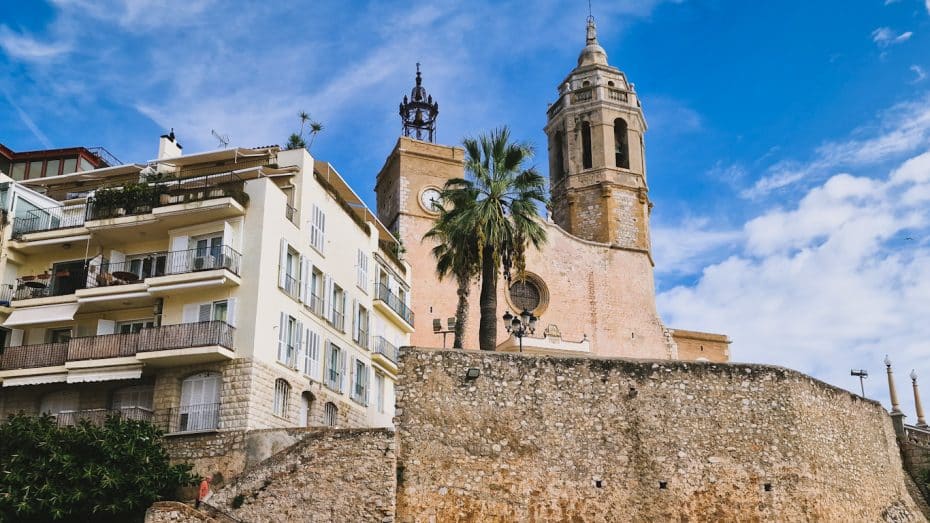
The Church of Sant Bartomeu and Santa Tecla, known as La Punta, is also towards the southeast of Sitges, near San Sebastiá beach. Built in the 17th century, it has undergone several expansions and renovations. The church is located on high ground on Passeig de la Ribera, with beautiful views of the Mediterranean Sea.
Throughout history, the Church of Sant Bartomeu and Santa Tecla played a significant role in the religious life of Sitges. It was built when Sitges was predominantly a fishing village, and its patron saints are venerated for offering protection to fishermen.
One noteworthy feature of the church is its beautiful altar dedicated to Sant Bartomeu. Designed by sculptor Pau Rigalt in 1697, this artifact accentuates the overall Baroque style of the building. Additionally, several paintings by Santiago Rusiñol and Miquel Carbonell Selva are inside the church.
3. Stroll along Passeig Marítim promenade
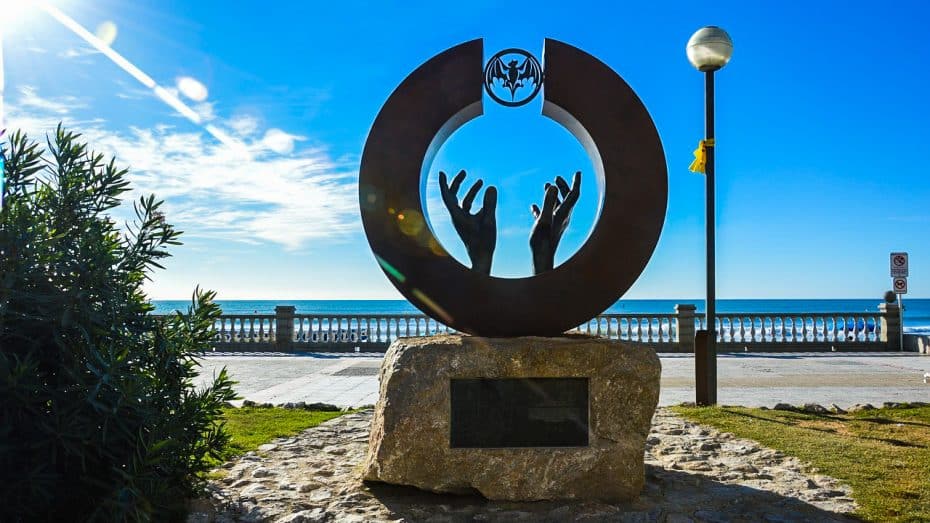
Established in the early 20th century, Passeig Marítim is a long seafront promenade that spans approximately 3 kilometers. It connects the residential neighborhood of Terramar to the Church of Sant Bartomeu i Santa Tecla and ends on the Balmins beach.
Walking along the promenade, you’ll notice the buildings’ interesting architectural styles, from modernist to ornate Baroque facades and classic Mariners apartment complexes.
Along the Passeig Marítim, you’ll find many restaurants, cafes, and bars with terraces. So, even if the heat and humidity of the summer can be a challenge, you can always take a break or several stops on your walk. This promenade is a nightlife epicenter in Sitges, bringing together locals and visitors equally.
4. Discover the Maricel Museum
Continuing our list of the top 15 things to see in Sitges, we must discuss the Maricel Museum. Found on the southeastern edge of Sitges, the museum occupies a prominent position by the Mediterranean Sea.
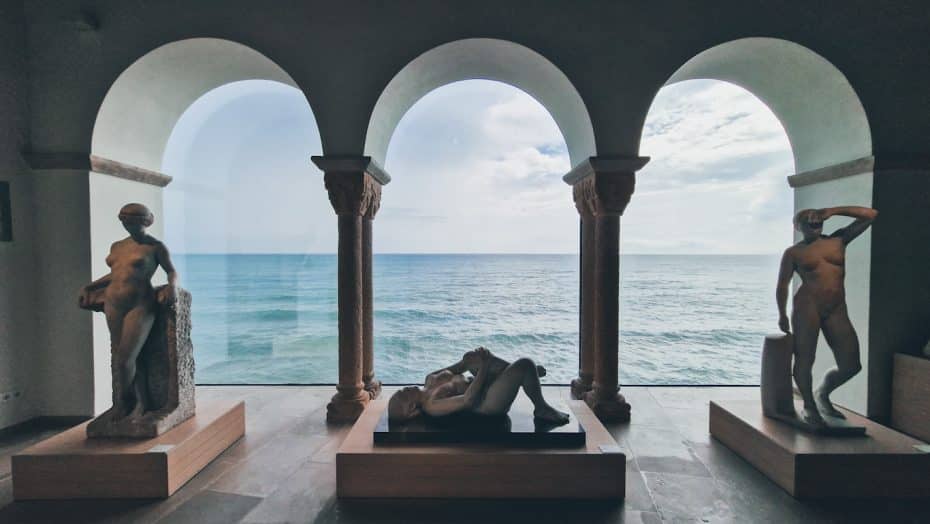
Established in 1969, the Maricel Museum was a private residence designed by famed architect Miquel Utrillo. The wealthy American businessman Charles Deering commissioned the construction in 1910, and it was completed in 1918. The museum showcases diverse artistic styles and creations, with exhibits dating from the Roman period to the modern era.
Within the Maricel Museum, you can find artwork by renowned Spanish artists such as Ramon Casas, Joaquim Sunyer, and José Miró I Campaner. Besides its impressive assortment of Catalonian art, there are intricate sculptures, medieval engravings, maritime displays, and religious relics. The building itself is an architectural work of art that demonstrates the influence of Modernism on early 20th-century Catalonia.
Typically open Tuesday through Sunday from 10 am to 5 pm during low season (October through June) and from 10 am to 8 pm during high season (July through September), the museum remains closed on Mondays. You can buy combined tickets to this museum and the Cau Ferrat Museum for 10 euros. For more information, visit the Maricel Museum’s official website.
5. Explore Palau de Maricel
Right in front of the Maricel Museum, you’ll see the Palau de Maricel, one of Sitges’ more emblematic buildings.
This palace has several key points of interest, including its impressive collection of sculptures and frescos, which span from ancient Roman times to the present day. Another highlight is its grand terrace overlooking the Mediterranean Sea, offering panoramic views of Sitges and its surroundings.
The interior of Palau de Maricel features intricate decorations and distinct rooms such as the Golden Room and the Blue Room.
A guided tour of the palace costs 5 euros. Palau de Maricel opens every day except for Mondays. For more information, visit the museum’s website.
6. Attend the Sitges International Film Festival
The Sitges Film Festival, held annually in October, focuses on fantastic and horror films. So, it celebrates a unique subculture of cinema, making it particularly appealing to young people. The events connected to this festival take place within multiple locations throughout Sitges, such as the Auditori Meliá Sitges, Cine Prado, and the Retiro Gardens.
Originating in 1968 as the first-ever fantasy film festival globally, the Sitges Film Festival has since earned a reputation as a prestigious gathering place for filmmakers and fans. Typically, the festival features a mix of film screenings, panel discussions, and workshops led by industry professionals.
For more information, visit the festival’s website.
7. Explore the Cau Ferrat Museum
Built-in 1893, this former residence of renowned Catalan artist Santiago Rusiñol now functions as a public museum displaying his collection of artwork that includes pieces by El Greco, Ramon Casas, and Rusiñol himself.
As one of the pioneering museums in Catalonia, the Cau Ferrat Museum offers insight into the Modernisme movement that was central to this region’s cultural identity during the late 19th and early 20th centuries. Here, art enthusiasts will find a delightful collection of works by prominent artists, sculptures by well-known European masters, and an extensive ensemble of decorative ironwork.
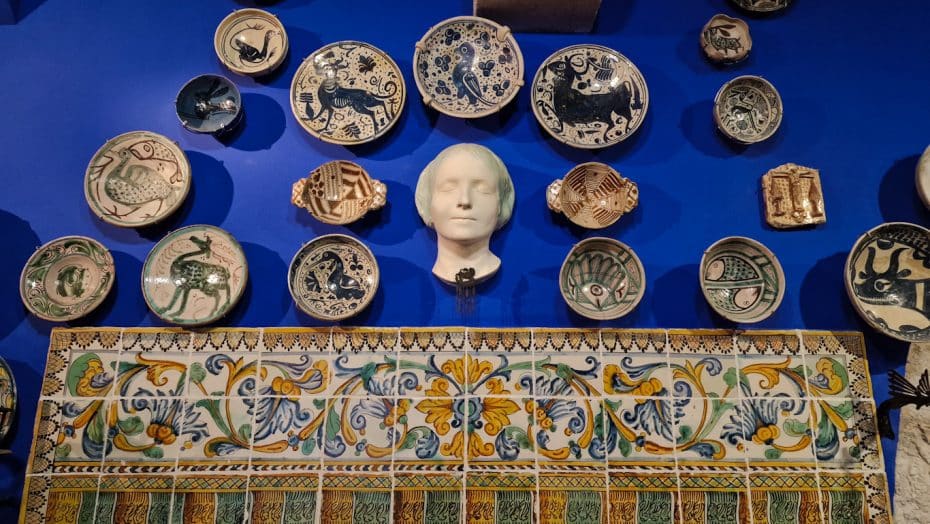
Visiting the Cau Ferrat Museum provides a glimpse into the life and work of Santiago Rusiñol, a leading figure in Catalan modernism. He hosted gatherings and soirées with fellow artists at this beautiful seafront overlooking the Mediterranean.
8. Experience Sitges Pride and the City’s Nightlife
One of Sitges’ strengths is its nightlife, in general, but especially its LGBT bars and clubs. Most gay bars in Sitges are between Carrer Bonaire and Carrer de Joan Tarrida; next is Plaça de la Industria, home of the Parrot Pub. This bar with a terrace is a landmark in Sitges and has been open for over 40 years.
The status of Sitges is such that it has its event in honor of Pride that has little to envy that of Barcelona.
Sitges Pride is one of the most influential LGBT events in Spain. During this annual celebration, usually in June, people from all over Europe celebrate diversity and freedom at the Sitges Pride Village. This “village” is a designated section of Sitges on the seafront, in front of the Calipolis Hotel, where you will find a stage that hosts over 80 performances each year. The Sitges Gay Pride celebrations extend to local bars, clubs, and restaurants.
These events also support the diversity of musical styles and entertainment. The celebration features famous DJs and live performances by singers, musicians, and drag queens.
Attending this festival is, without a doubt, one thing you must do in Sitges at least once.
9. Experience Sitges Carnival
The Sitges Carnival is an annual event held in the city center, primarily to the west of the Cau Ferrat and Maricel museums. Originating in the 19th century, the carnival has evolved into a significant cultural celebration with dance, masquerades, and music.

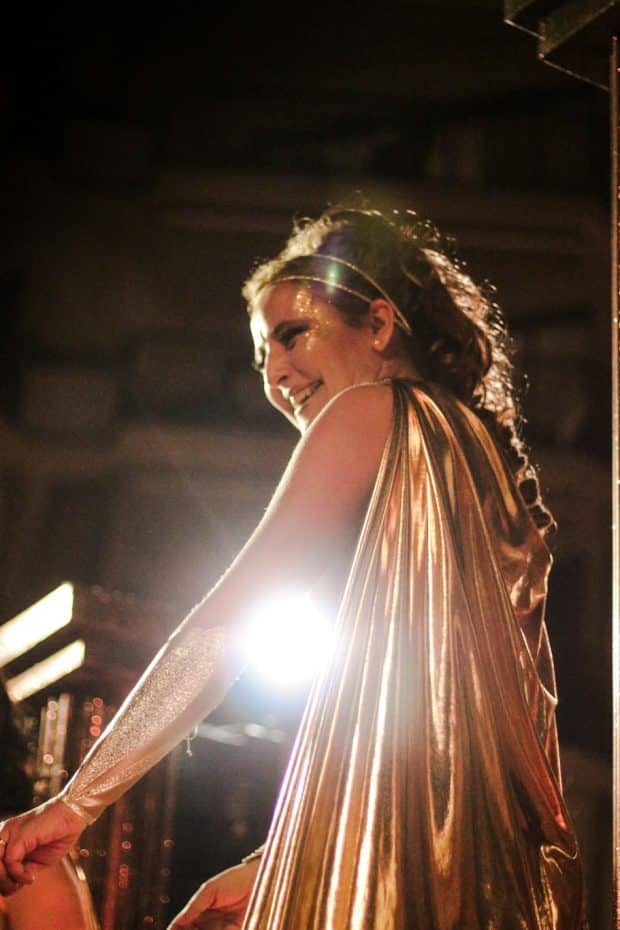
The main events of the Sitges Carnival take place in February, typically between Mardi Gras and Ash Wednesday. The celebrations start with the Jueves Lardero’s traditional activities, which include crafting a special omelet called “l’omelette de Carnestoltes.” Events escalate throughout the week as thousands of participants showcase elaborate costumes during parades that traverse Cap de la Vila and Passeig de la Ribera.
However, I would like to point out that Sitges Carnival dates vary annually following the Christian liturgical calendar.
10. Dive into aquatic sports like windsurfing and paddleboarding
Sitges has several beaches with the ideal conditions for water sports. Windsurfing enthusiasts can visit Platja de les Anquines and Platja de la Marina d’Aiguadolç due to their calm waters and favorable wind conditions. Meanwhile, paddleboarders may opt for Platja de Sant Sebastià or Platja de la Ribera.
These outdoor activities will allow you to relish stunning Mediterranean sea views while improving your balance, core strength, and overall well-being.
11. Enjoy tapas and seafood at a local restaurant
Of course, no good trip is complete without trying out the typical cuisine of the destination. Tapas and seafood hold a prominent place in the culinary scene of Sitges. This coastal town in Catalonia offers delightful flavors and dishes with fresh, local ingredients. One must-try dish is Gambas al Ajillo, cooked with fresh prawns sautéed in garlic and olive oil. Patatas Bravas is another local favorite, featuring fried potatoes with spicy sauce and aioli.
Top-rated restaurants famed for tapas and seafood include El Cable Bar and La Caleta de Sitges. El Cable Bar is praised for its delicious tapas menu along the Carrer Barcelona strip. La Caleta de Sitges boasts picturesque views of the Mediterranean while providing a selection of seafood dishes infused with Catalan flavors.
12. Wander through the Romantic Museum Can Llopis
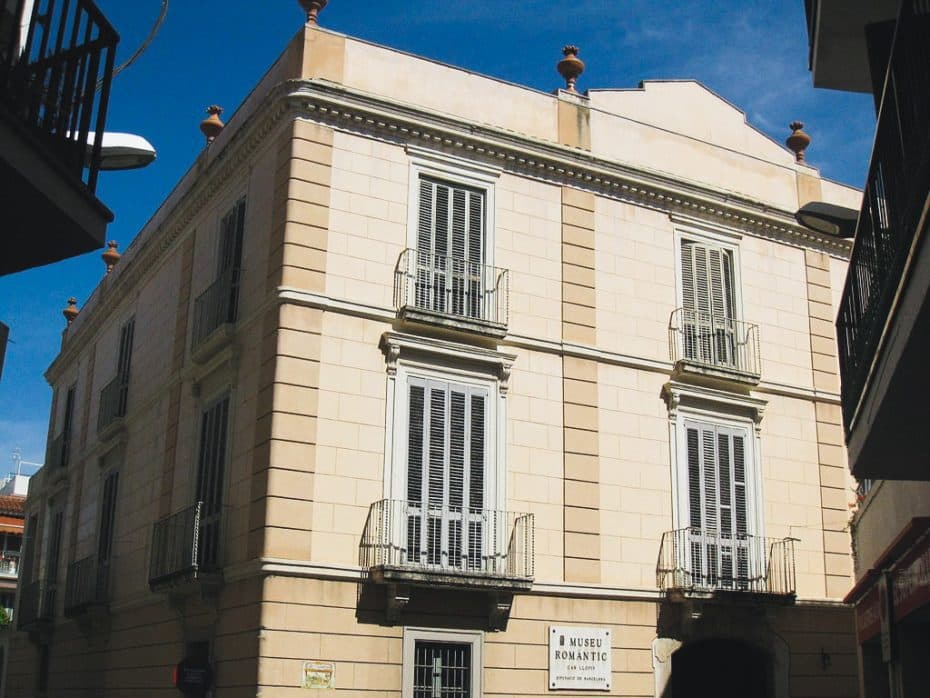
This 19th-century neoclassical mansion-turned-museum offers valuable insight into Catalonia’s romantic era. The attraction showcases an impressive collection of decorative arts, period furniture, and captivating paintings that reflect life in Sitges during that time.
13. Get creative at Fundació Stämpfli Contemporary Art Museum
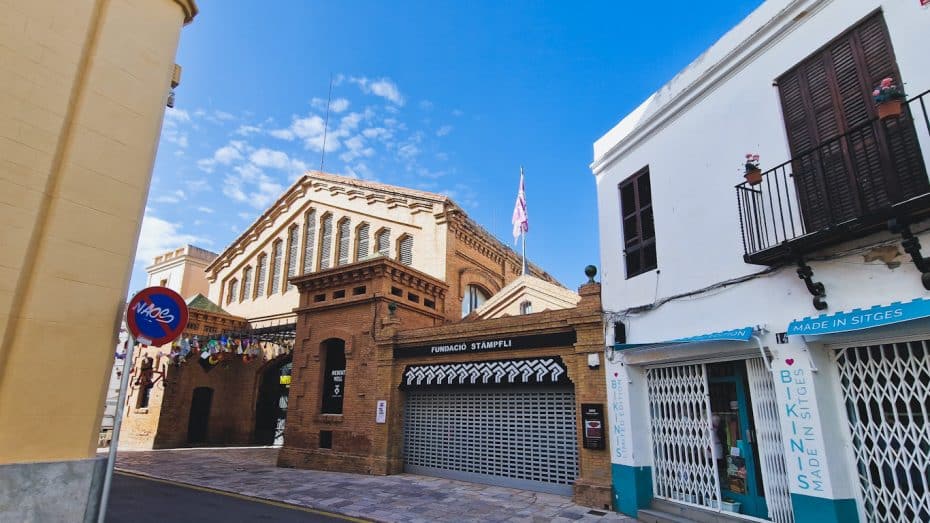
Home to a diverse range of contemporary artworks, the Fundació Stämpfli features international and Spanish artists.
The museum bears the namesake of its founders, Swiss artist Peter Stämpfli and his wife, Anna Maria Stämpfli. Their vision of establishing a cultural landmark contributing to Sitges’s artistic scene came to fruition in 2011. The Fundació Stämpfli promotes European contemporary art from the second half of the 20th century and beyond.
14. Explore Plaça del Cap de la Vila square for local shops and cafes
Plaça del Cap de la Vila, a square worth visiting in Sitges, is in the city’s heart. This historic location is not only easily accessible but also serves as a delightful hub for shopping enthusiasts. The area surrounding the square is home to numerous intriguing shops, including boutique clothing stores, traditional Spanish delicatessens, and artisan gift shops that appeal to eclectic tastes.
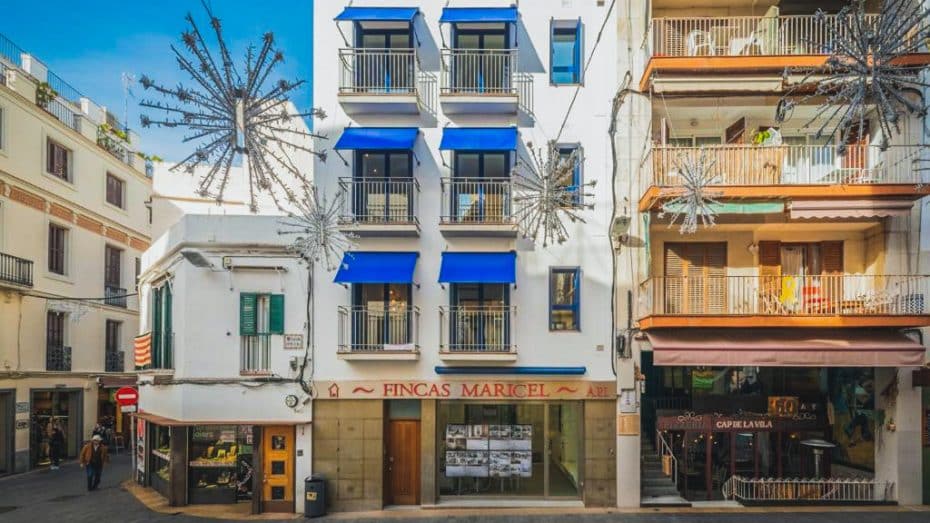
The historical roots of Plaça del Cap de la Vila transport visitors back to the 19th century, when it emerged as a focal point for the burgeoning community. Today, the enchanting architecture of the square and its beautiful mosaic tiles reflect this rich heritage.
15. Take part in Festa Major
This annual celebration occurs in various locations throughout Sitges, including the historic city center, the seafront promenade, and public squares like Plaça Cap de la Vila.
Festa Major honors two patron saints: Sant Bartomeu, protector of the town’s maritime heritage, and Santa Tecla, who represents courage and fortitude. The celebrations span several days, with religious and secular activities signifying the strong bond between spirituality and local identity.
Established in the 17th century, this historic event takes its attendees on a journey into Sitges’ past by featuring time-honored customs such as processions, human tower formations (known as “castells”), traditional dances like the folkloric “Sardana” dance, and musical performances spotlighting local bands.
One of Festa Major’s highlights is the Correfoc, a spectacular firework display where performers dressed as mythical creatures hold lit sparkler fountains and roam through the streets. This traditional ritual symbolizes purifying the town by chasing away evil spirits.
Another interesting detail about Festa Major is that it showcases beautiful medieval decorations inspired by Sitges’ rich artistic heritage. The town’s iconic church of Sant Bartomeu i Santa Tecla stands elegantly adorned for this festive occasion.



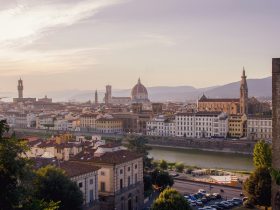
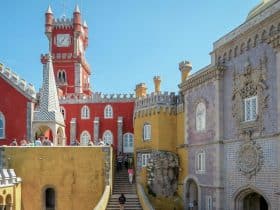

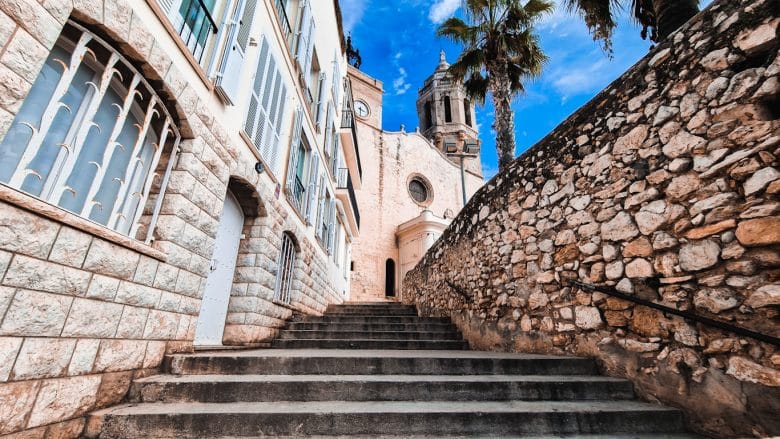
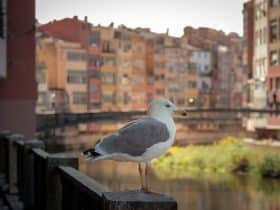
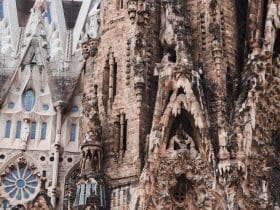
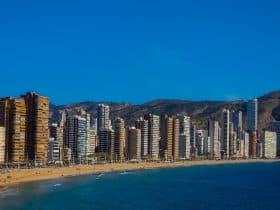
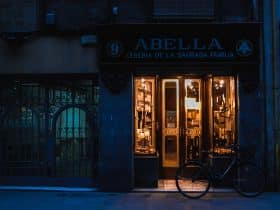


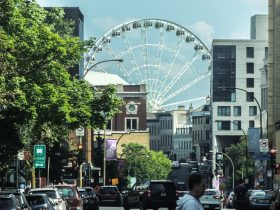
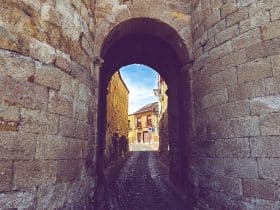










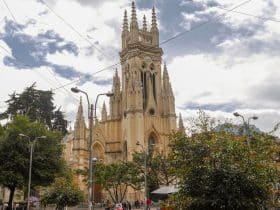
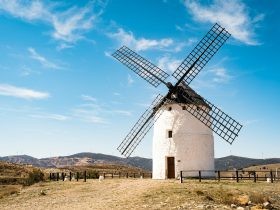
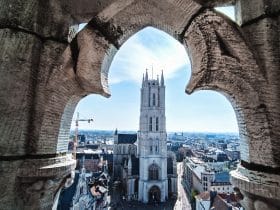

Leave a Reply
View Comments